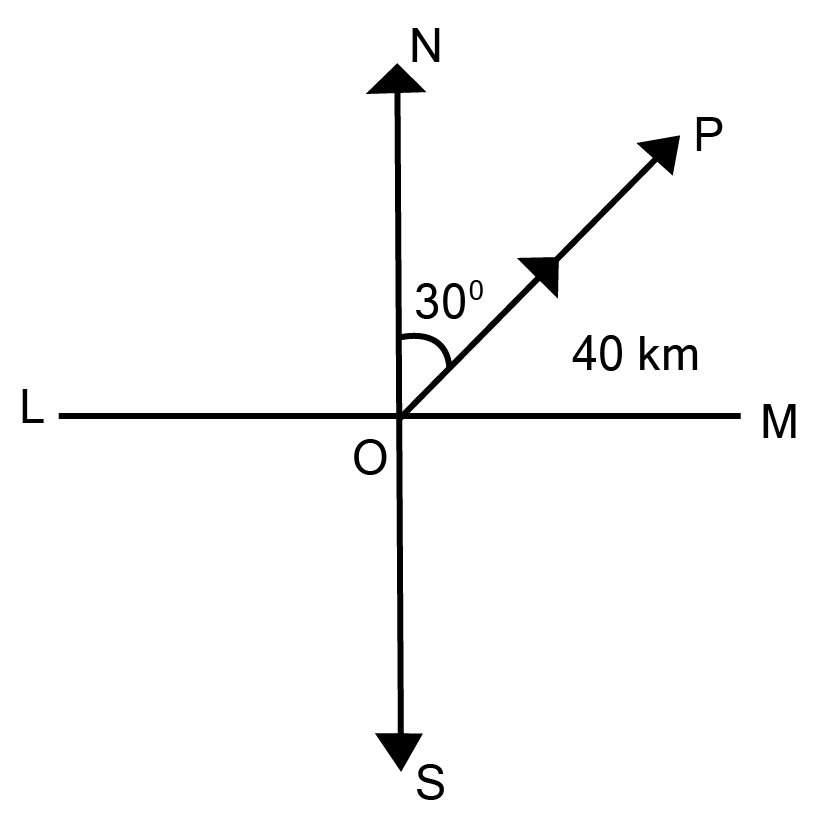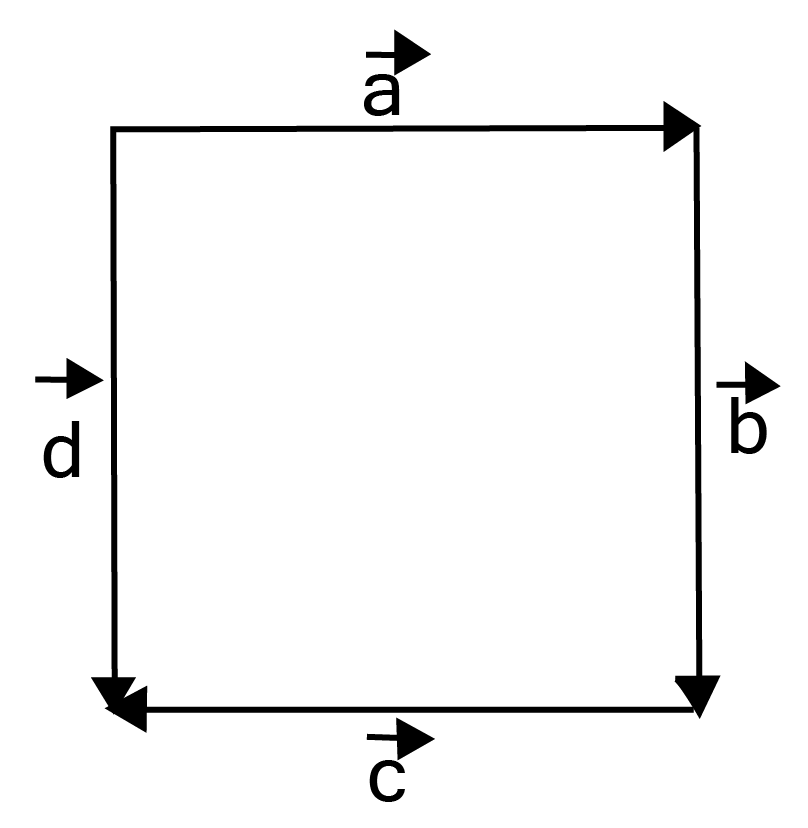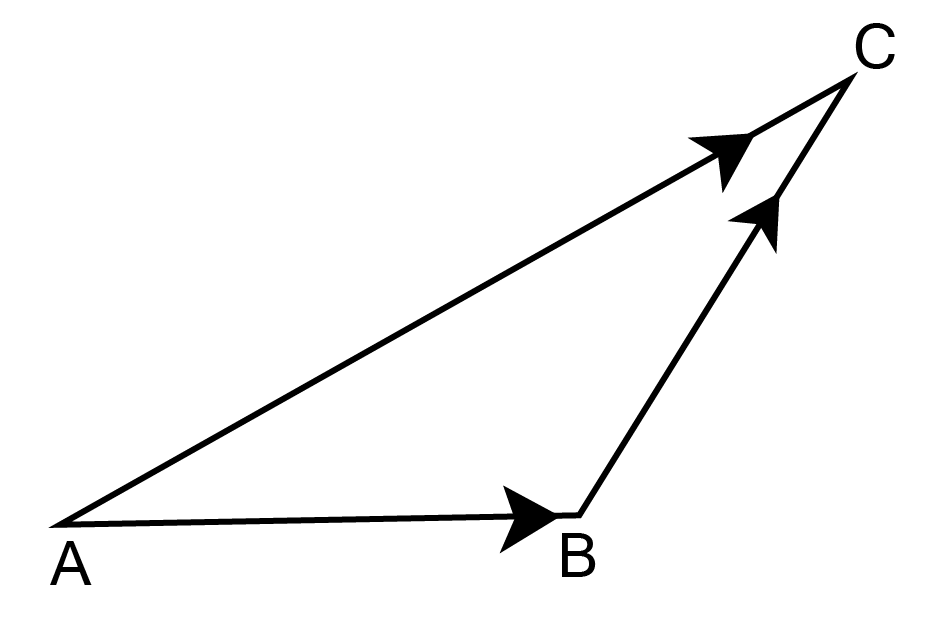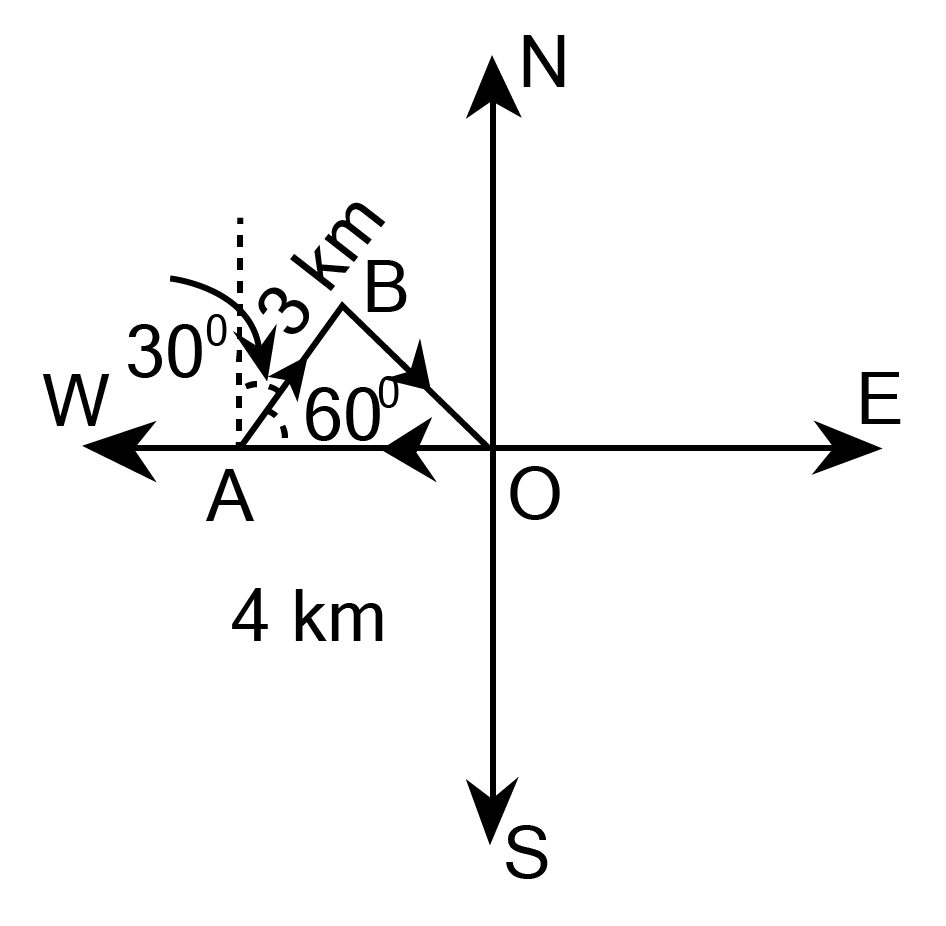NCERT Solutions for Vector Algebra Class 12 Maths Chapter 10 Solutions - FREE PDF Download



FAQs on NCERT Solutions for Class 12 Maths Chapter 10 Vector Algebra
1. What are the major topics of Class 12 Maths Chapter 10 as per the latest NCERT syllabus?
As per the latest syllabus of CBSE Class 12 Mathematics, following are some of the major topics covered in Chapter 10 Vector Algebra:
1. Introduction
2. Basic Concepts
Position Vector
Direction Cosines
3. Types of Vectors
Zero Vector
Unit Vector
Coinitial Vectors
Collinear Vectors
Equal Vectors
Negative of a Vector
4. Addition of Vectors
Properties of vector addition
5. Multiplication of a Vector by a Scalar
Components of a vector
Vector joining two points
Section formula
6. Product of Two Vectors
Scalar or dot product of two vectors
Projection of a vector on a line
Vector or cross product of two vectors
2. What is the difference between scalar and vector?
The main difference between a vector and a scalar quantity is that a vector quantity has a direction and a magnitude while a scalar has only magnitude. If a quantity has a direction associated with it, it is a vector quantity. However, the scalar quantity is not associated with the direction. Speed is a scalar quantity but velocity is a vector quantity as it specifies both a direction as well as a magnitude. In mathematical terms, a vector is an element of a vector space. Mathematically, we can demonstrate a vector as a directed line segment.
3. What are the important takeaways for a student from the 10th chapter of NCERT Class 12 Mathematics?
Students will understand how to differentiate between a scalar and vector quantity with the help of Class 12 Maths Chapter 10 Vector Algebra. The important things that a student will learn from this chapter are the magnitude and direction of a vector, direction cosines and direction ratios of a vector, types of vectors (equal, unit, zero, parallel and collinear vectors), position vector of a point, negative of a vector, components of a vector, etc. Students will also be able to perform addition of vectors, multiplication of a vector by a scalar and position vector of a point dividing a line segment in a given ratio. Students will get familiarized with the definition of Vectors, geometrical interpretation of vectors, properties and application of scalar (dot) product of vectors, vector (cross) product of vectors, the scalar triple product of vectors, etc.
4. Why should I refer to NCERT Solutions for Class 12 Maths Chapter 10 Vector Algebra?
Vector Algebra is an important branch of mathematics that deals with quantities having directions. The concepts of vector algebra are also useful in various topics of physics. Hence, students must pay attention to the chapter and solve all the problems given in the exercise. Students facing any doubt in the chapter can refer to NCERT Solutions for Class 12 Maths Chapter 10 Vector Algebra by Vedantu. These solutions include step-by-step answers to textbook questions. The expert in-house teachers at Vedantu provide the solutions. Hence, students can rely on them for exam preparation and revision. Students can perform better in exams with the help of NCERT Solutions as it will provide a better understanding of the chapter which is crucial for conceptual chapters like Vector Algebra.
5. What is vector algebra?
Vector algebra is one of the important topics of algebra. It deals with the algebraic expressions of vector quantities. Vector algebra is an algebra where important symbols, letters, numbers and variables denote vector algebraic expressions. In Mathematics, algebraic operations are performed on vector spaces and vectors. This branch of mathematics has hypotheses and rules based on the behaviour and properties of vectors. On Vedantu, you can understand the various concepts of the chapter with some solved examples.
6. What are the different types of vectors?
There are six types of vectors. These are-
Zero vector- This type of vector always has a zero magnitude.
Unit vector- A vector whose magnitude is always unity or one. It is denoted by a vector that is equal to the direction of the AB vector.
Coinitial vector- The vectors that have the same initial points.
Parallel or collinear vector- Two or more vectors are said to be collinear if they are parallel to the same line regardless of their directions and magnitudes.
Equal vector- The vectors that have the same direction and magnitude irrespective of the position of their initial points.
Negative of a vector- Vectors that have similar magnitude but have opposite directions.
7. What are the observations of the scalar product of two vectors?
The observations of the scalar product of two vectors are-
The dot product of two vectors is a real number.
If a and b vectors are non-zero vectors then, its dot product is zero only if a and b vectors are perpendicular to each other.
If the angle between a and b vectors is zero then, its dot product is equal to the magnitude of the individual product of the vectors.
If the angle between a and b vectors is 180 degrees then, its dot product is equal to the magnitude of the individual product of the vectors but having an opposite direction.
8. What are the observations of the cross product of two vectors?
The observations of the cross product of two vectors are as follows-
The cross product of two vectors is always a vector quantity.
If a and b vectors are not equal to zero vectors then, their cross product is equal to the product of the magnitude of individual vectors, sin angle between the two vectors and the normal vector.
If the angle between two vectors, a and b is 90 degrees then sin 90 is equal to 1. Therefore, in this case the vector product is equal to the product of the magnitude of individual vectors and the normal vector.
9. How can students receive decent marks in Chapter 10 of Class 12 Maths?
Chapter 10 Vector Algebra is one of the important chapters of Class 12 Maths. Students must learn this chapter very well as it is crucial from the board exam point of view. So, to get good marks in this chapter students have to follow the given tips.
Class 12 students have to take their classes seriously.
They should make notes for this chapter for doing a proper revision.
Students must practise the NCERT Solutions of Chapter 10 Vector Algebra to know the type of questions asked from this chapter in the exams.





























